After three bodies of water in El Paso County — including two in Colorado Springs — tested positive for toxic blue-green algae this summer, city officials say they're looking for a new solution.
Warmer temperatures and higher nutrient levels in the water have led to more blue-green algae blooms, which are harmful to humans and potentially deadly to pets, said Erik Rodriguez a Health, Safety and Environmental specialist with the city. The daily temperature record in Colorado Springs has been broken five times this year.
While the city struggles to find a fix, other Colorado towns have implemented environmentally-friendly machinery that helps aerate the water. Better circulation gives algae less chance to accumulate.
In the Green Ridge Glade Reservoir in Loveland they are trying five SolarBee units — solar powered machines that float in the middle of the lake. They keep the water in the reservoir moving, disrupting the stagnant environment that blue-green algae likes, said SolarBee regional manager Dave Summerfield. Each unit costs about $40,000.
Since the units were installed two years ago, the 150-acre drinking-water reservoir has been free of algae.

A SolarBee unit
, installed in the Loveland reservoir, disrupts the stagnant environment that blue-green algae likes, preventing it from growing.
While it may have worked for Loveland, Colorado Springs could need different options, said Rodriguez. The problem with putting machinery like SolarBee in every lake, he said, is that the different bodies of water get used in different ways.
Prospect Lake, which tested positive for harmful algae levels in August, is used for boating and fishing. Putting a large device in the middle of the water could be a boating hazard, Rodriguez said.
"The water gets used in so many different ways," Rodriguez said. "We're trying to find the best solution that allows all (activities) to occur."
Pikeview Reservoir, which also tested positive for the algae in August, has had a SolarBee unit in it for at least 10 years, said Eric Isaacson, spokesman for Colorado Springs Utilities.
Isaacson said he isn't aware of any previous algae problems in Pikeview, but couldn't say why it has tested positive this year.
"We are looking to implement some new testing technology later this year," Isaacson said.
Neither lake has yet been cleared of the algae.
In the past, the popular method among water-treatment agencies was to dump algicides such as copper sulfate into the water. But that solution wasn't sustainable, said Summerfield, because the bacteria would slowly adapt to the sulfate, forcing more and more use of it, racking up costs and dangerous toxin levels.
"We're looking for solutions that aren't in that realm," Rodriquez said.

Erik Rodriguez, a health, safety, and environmental specialist for the city, was sampling for microcystins, the toxin produced by blue-green algae in Prospect Lake on Wednesday, Aug. 28, 2019.
The search for alternatives is slow and meticulous, he said. "It's not one of those things we want to rush into. We want to make sure we do things right."
Rodriguez pointed out that several Colorado Springs lakes already have aeration features in them. Monument Valley Park ponds have a few aerators — devices that create small air bubbles to push the water around. Mary Kyer Park has a fountain in the middle that helps with circulation, he said.
Cyanobacteria, which causes the blue-green algae, thrives off nutrients in the water, specifically nitrogen and phosphorous. Nitrogen and phosphorous get into water via runoff from agriculture, fossil fuels, fertilizers, yard and pet waste, and soaps and detergents. The city's recent warm weather and heavy thunderstorms haven't helped, Rodriguez said.
While the city waits for cooler temperatures to clear out the algae naturally, officials are working on formulating the right game plan for next year.
"It's all about prevention," Rodriguez said.
Contact the writer: 476-1623


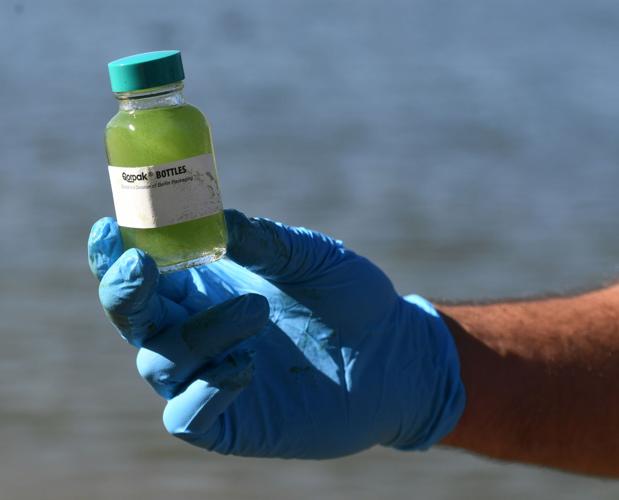
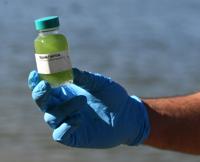
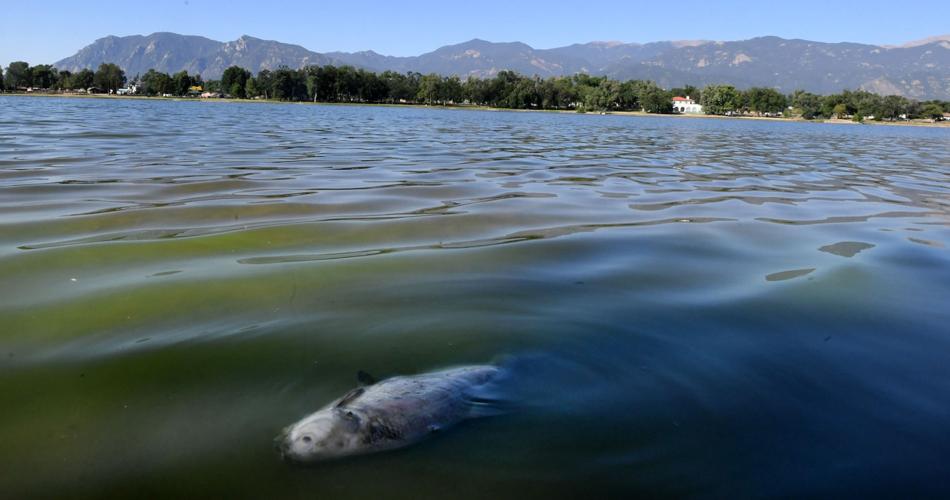
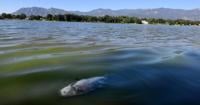
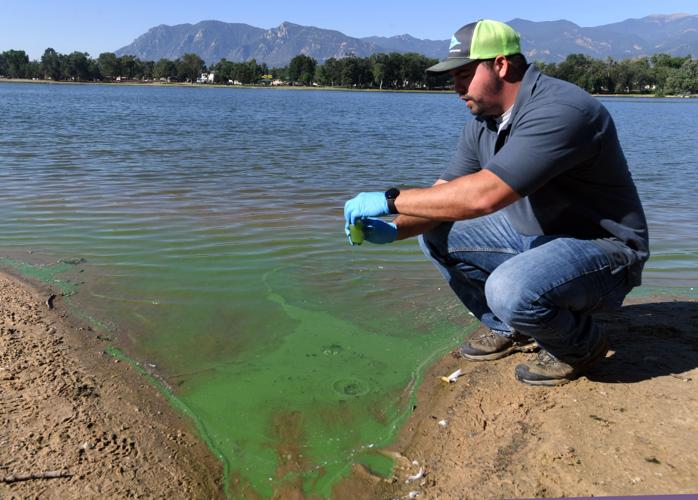



 Your Privacy Choices
Your Privacy Choices